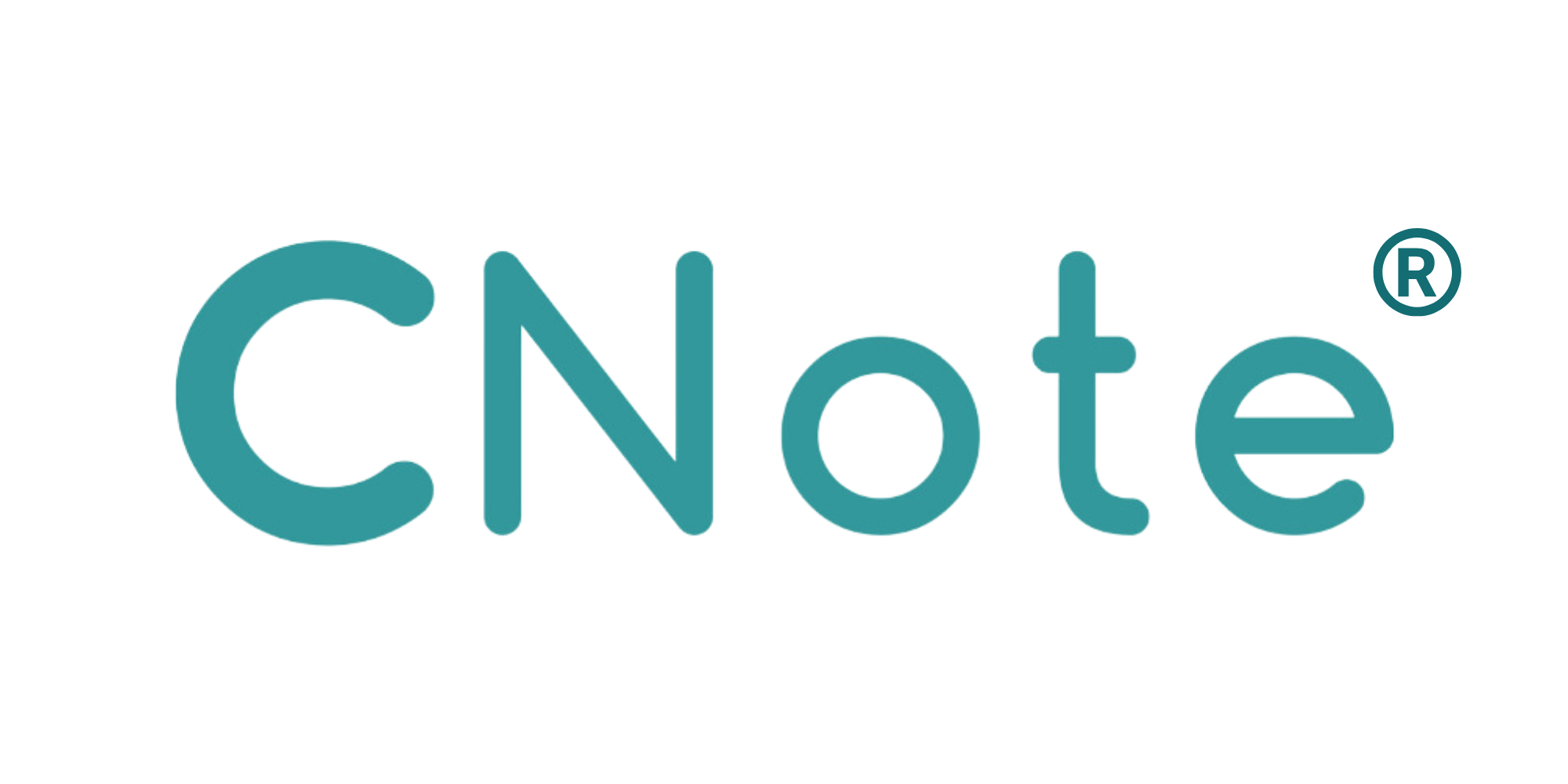There are many American communities that are underserved by the traditional banking industry. Low-income and minority communities typically experience the most lack of access to quality financial products and services. According to a 2018 FDIC survey, 22 percent of households are underbanked or unbanked. This means that these individuals have no formal relationship with a traditional bank or access to credit.
When basic mainstream financial services such as checking, savings, or money market accounts are not accessible, households are forced to rely on alternative financial services like check-cashing services, pawnshop loans, auto title loans, payday loans, and paycheck or tax refund advances. These types of financial services are associated with high-interest rates and fees and keep those already suffering from financial disparity stuck in a cycle of ever-increasing debt.
The most striking difference between Community Development Financial Institutions (CDFIs) and traditional banks is their mission. CDFIs strive to deliver responsible and affordable lending to financially disadvantaged communities across the country. In contrast, traditional banks are focused only on generating profits to satisfy their shareholders’ expectations.
In addition to their missions, CDFIs and traditional banks also diverge from each other with their structure, the types of loans and financial products they offer, their underwriting practices, structure, support services, and loan servicing. Here is a breakdown of these five crucial differences between CDFIs and traditional banks.
Difference #1 – How CDFIs vs. traditional banks are structured
CDFIs operate as banks, credit unions, loan funds, and venture capital funds that have qualified to receive the designation from the U.S. Treasury Department’s CDFI Fund. Each type of CDFI has its own legal structure and offers a different range of financial products and support services for their particular customers in low-income communities.
As depository institutions, CDFI banks and credit unions are regulated by federal and state agencies. CDFI banks are FDIC-insured and organized like traditional banks except they must devote at least 60 percent of their total lending and other services to benefit low-income communities. CDFI credit unions are member-owned nonprofits so the profit is shared with members through higher rates on deposits and lower rates on loans. Many credit unions offer National Credit Union Administration (NCUA) insurance coverage that mirrors FDIC coverage but is designed for CU participants.
An electable board of directors is accountable to the membership that governs the credit union’s policies. CDFI banks and credit unions offer lower fees and interest rates for people with low credit scores as well as refinance programs to help people escape predatory loans.

Most CDFI loan funds are structured as nonprofits and must follow the state laws where they function. They also must undergo independent third-party audits that are conducted by certified public accountants. Loan funds and venture capital funds are not regulated by federal banking regulators because they’re not federally insured financial institutions. Venture capital funds usually take seats or observer rights on the boards of their portfolio companies. Some become part owners in the companies they invest in.
In contrast, traditional banks are structured to optimize profit for shareholders whereas CDFIs focus is on serving their communities. Traditional banks offer higher fees and interest rates for people with lower credit scores, limited or blemished credit history, and minimal assets.
Difference #2 – Types of financial products and programs
CDFIs believe that individuals and businesses deserve access to the necessary financial products and resources to purchase a first home, open a local store, or expand an existing enterprise. CDFIs make funding available to support startups, nonprofits, micro, and small businesses, affordable housing, consumers, and commercial real estate. Often, these loans help launch projects that wouldn’t otherwise get off the ground.
CDFI microloan rates are competitive with Small Business Administration (SBA) loans from banks and typically offer lower interest rates with a higher likelihood of approval. The Federal Reserve Bank of Minneapolis recently reported that “CDFIs can save business owners an average of more than $2,700 per loan when compared to market rates.”

The financial products offered by CDFIs are designed to support the specific needs of the borrower as most are fixed-rate and self-amortizing with lower origination fees. This keeps payments predictable and allows borrowers to decrease the principal so the loan is actually paid off at the end of the term.
Conversely, traditional banks generally don’t offer startup or micro-business loans of any kind. Banks tend to provide funding for established small businesses. When it comes to housing, consumer, and commercial real estate loans offered by banks, terms can be restrictive. This is because traditional banks are focused on maximizing profit for their shareholders and small loans (those under $250,000) while, less profitable than large business loans, require the same amount of manpower to originate and monitor
This leaves significant gaps in lending when it comes to startups and small businesses receiving the funding they need. According to a 2016 report “The State of Small Business Lending” by the Harvard Business Review, more than 60 percent of small businesses look to secure loans under $100,000.
Difference #3 – Business Underwriting and eligibility assessment
In order to better serve and increase lending to a wider range of business owners, CDFIs work with borrowers that may have lower credit scores or minimal credit histories. By nature, startups and new small businesses have less assets, collateral, and owner equity.
As a result, CDFIs don’t rely on FICO scores alone to assess the creditworthiness of loans but also consider a borrower’s credit history to understand their character and payment history. CDFIs also strive to approve loans more quickly and assist borrowers that aren’t yet capital-ready with other credit-building products, counseling, or technical assistance.
In their report “Innovations in Underwriting”, The Opportunity Finance Network (OFN) and Wells Fargo found that “innovative underwriting strategies by CDFIs don’t undermine risk management or portfolio quality. Rather, the new strategies analyze past and current portfolio activity to inform new practices.” This helps to “align CDFI policies with its practices while maintaining asset quality.”
Traditional banks are constrained by credit-score-driven underwriting models that make it difficult to meet the funding needs of small businesses. Unlike CDFIs that seek to make lending more inclusive, the aim of commercial banks is to narrow down the pool of borrowers that are eligible for loan products to mitigate excessive risks that lead to increased credit losses.
Difference #4 – Support services and technical assistance
Most CDFIs offer technical assistance services and training programs related to homeownership, small business and capacity-building support, business coaching, and mentoring and advisory services. These services educate and assist borrowers in making major purchases or business topics like cash flow, marketing, and management. When more businesses succeed and grow, job growth is boosted in low-income and minority communities.

Traditional banks don’t offer technical assistance services as they are unable to be directly involved in providing guidance for business operations due to lender liability regulations.
Difference #5 – Loan servicing flexibility
CDFIs seek to ensure that their lending is supportive and responsible for the borrower since they’re invested in growing the prosperity of the community they’re a part of. Traditional banks are less flexible when it comes to restructuring debt in order to achieve maximum profits for their shareholders.
CDFIs can more easily adjust their lending terms to accommodate the needs of their borrowers when they’re facing financial challenges. This may include deferment, forbearance, and loan modifications, as well as expansion loans to help small businesses further enlarge their operations. CDFIs recognize that by making amendments to loan terms, they are increasing the probability that a borrower can successfully recover from the hardship and repay the loan in full.
According to the OFN’s analysis 20 Years of CDFI Banks and Credit Unions, “despite CDFI banks experiencing higher delinquency rates than all banks, they experienced lower net charge-off rates than all banks, suggesting that CDFI banks’ missions compel them to manage delinquencies rather than charge-off late loans.”
Final thoughts
As mission-driven lenders, CDFIs are working to help those that are underserved by traditional banks become participants in the economic mainstream. They offer low-interest loans with flexible terms to finance small businesses, nonprofits, microenterprises, commercial real estate, and affordable housing.
CDFIs are better equipped to support low-income communities than traditional banks because they place helping the community above profit maximization. This results in the creation of financial products and loan terms that create the best possible outcomes for both investors and borrowers.


